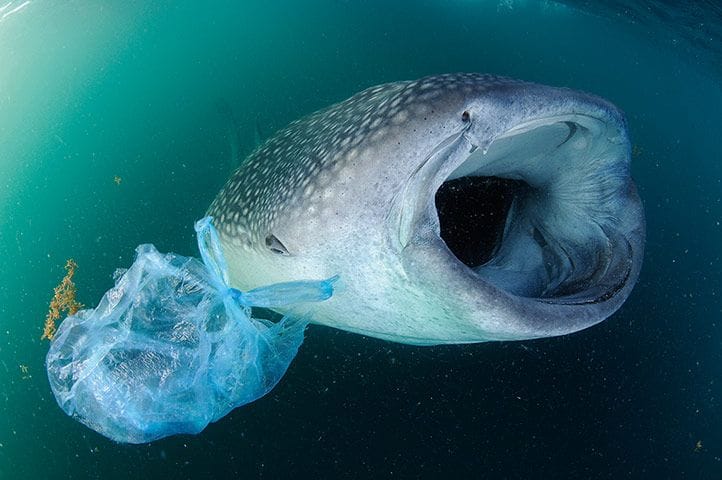Marine life has often been seen as a barometer for the health of our oceans, with organisms reflecting the status and safety of their habitats. Recent studies have taken a shocking turn, revealing that certain species of sharks in the waters of Florida are showing signs of cocaine exposure. This groundbreaking discovery not only reveals the effects of drug pollution on marine life but also raises significant questions about the broader implications for marine ecosystems.
The phenomenon first came to light during investigations focused on the environmental impacts of drug trafficking. Researchers observed that waste associated with illicit drug production and usage—particularly cocaine—was making its way into water systems, often through urban runoff and landfill leachate. When marine biologists began to assess the implications of this pollution, a startling correlation emerged. Sharks were exhibiting altered behaviors that could not be easily attributed to natural factors alone.
Cocaine affects the central nervous system of animals, leading to heightened aggression, altered feeding patterns, and unexpected social dynamics. In sharks, these effects may translate to erratic swimming behaviors which can impact their hunting and mating success. In a study published in a leading marine biology journal, researchers found that sharks exposed to cocaine displayed increased activity levels and aggressive interactions with both prey and other sharks. This kind of behavioral disruption poses critical risks not just for the sharks themselves, but for the balance of entire marine ecosystems.
The contamination of oceans with illicit drugs is not a new concept, but the specific impact of cocaine on apex predators like sharks is still largely uncharted territory. Sharks play a vital role in maintaining the health of marine environments, by regulating species populations and ensuring biodiversity. When these sharks become compromised due to contamination, the consequences can ripple throughout the ecosystem. If sharks lose their ability to hunt effectively or reproduce, it could lead to overpopulation of certain species, undermining the balance of the marine ecosystem, which can result in dire environmental outcomes.
Further studies are underway to assess the full scope of this issue. Researchers are employing various methodologies, including behavior analysis and ecological modeling, to better understand how cocaine and other pollutants are impacting marine life. This research reflects an urgent need to address drug-related pollution not just as a land-based issue but as a significant marine environmental challenge. In addition to sharks, studies are evaluating the effects of drug contamination on other marine organisms, including fish populations which are critical to both ecological balance and human fisheries.
Beyond the immediate concerns regarding wildlife, this issue also prompts reflections on the human impact of drug use and trafficking. Marine pollution from drugs presents a case where human actions directly endanger wildlife and disrupt ecosystems. The implications extend to commercial fisheries, recreational activities, and tourism industries that heavily rely on healthy oceans and thriving marine populations. There is an inherent interconnectedness between human behavior, environmental health, and marine life that underscores the necessity for societal change and policy reform.
To combat this growing environmental threat, a multifaceted approach is critical. Awareness and education initiatives can inform the public about the stakes involved in drug use and trafficking, advocating for cleaner, more sustainable practices. Simultaneously, researchers are calling for improved regulations surrounding pharmaceutical runoff and better waste management practices. Enhancing the effectiveness of water treatment facilities is vital to prevent contamination from reaching marine habitats.
This recent discovery should not only highlight the alarming intersection of drug pollution and marine health, but it serves as a rallying call for further investigation and action. The propensity of drugs like cocaine to infiltrate and influence marine ecosystems is a reminder of how much is at stake when it comes to our oceans. Along with raising awareness among the general public, this conundrum demands the attention of policymakers to implement stricter regulations surrounding waste management, drug trafficking, and the treatment of water released into oceans.
In closing, the effects of cocaine on sharks represent a disturbing yet critical area of marine research. As oceans face increasing pollution from a multitude of sources, including illicit drugs, understanding these dynamics becomes all the more crucial. The fate of marine ecosystems may indeed depend on our collective ability to confront these challenges head-on. Efforts in marine biology, environmental policy, and public awareness campaigns must work in tandem to mitigate the adverse effects of drug pollution, ensuring the survival of both marine life and our shared oceanic resources.


